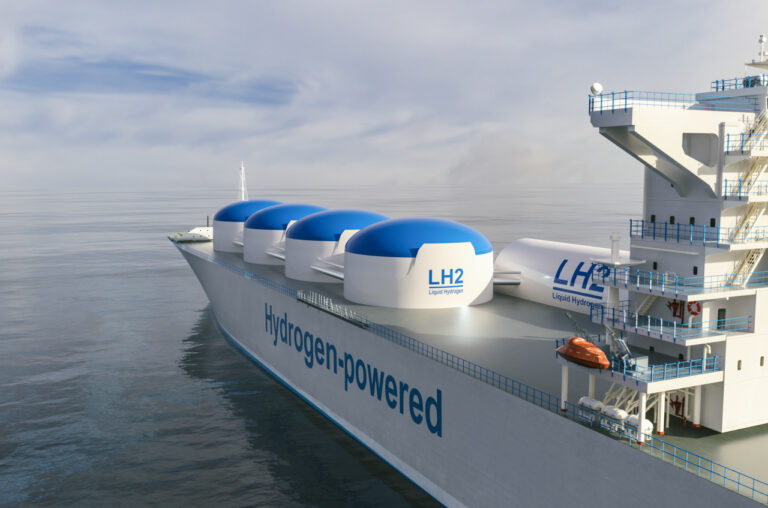This study evaluated eleven continuous emission monitoring (CM) solutions for detecting methane emissions in controlled conditions. The results showed that while some solutions demonstrated good detection performance, significant variability in detection capabilities and quantification errors was observed. Study indicates that understanding the performance of each solution is crucial before using them for emissions mitigation or regulatory purposes.
Performance of continuous emission monitoring solutions under a single-blind controlled testing protocol
ACS Publications is a leader in providing access to chemistry-related information and research through peer-reviewed journals and eBooks.


OGCI and its member companies do not assume any responsibility for the accuracy or reliability of any information offered by third-party websites linked though this site. The views expressed in the external content do not necessarily reflect those of OGCI or its member companies. See our Terms of Use.
Region
Global
Published
2024
Resource Type
Research article
Category
Detection and quantification technologies
More info
Sub-Category
Technology performance
Segment
N/A
Equipment
N/A
Related resources
This resource outlines the work and research conducted by EQT’s Production and Environmental teams to target low-cost opportunities for abating methane emissions from natural gas-driven
MiQ has developed and launched the Gas Buyers Methane Emissions Calculator, a tool designed to help natural gas buyers assess the potential methane emissions reductions
The article from the Harvard Environmental & Energy Law Program examines the risks associated with using the Congressional Review Act (CRA) to reinstate EPA methane
Recently visited resources
The IEA’s gas flaring page reviews global flaring trends, environmental impacts, and reduction strategies. It discusses flaring’s role in greenhouse gas emissions and offers links
Brochure created by GasNaturally discussing methane emissions in Europe. It highlights the environmental impact of methane, O&G sources, and emission reduction strategies. The document also
This book highlights the business case for reducing gas flaring and methane emissions (FMR), offering a framework for policymakers to evaluate FMR project feasibility and













